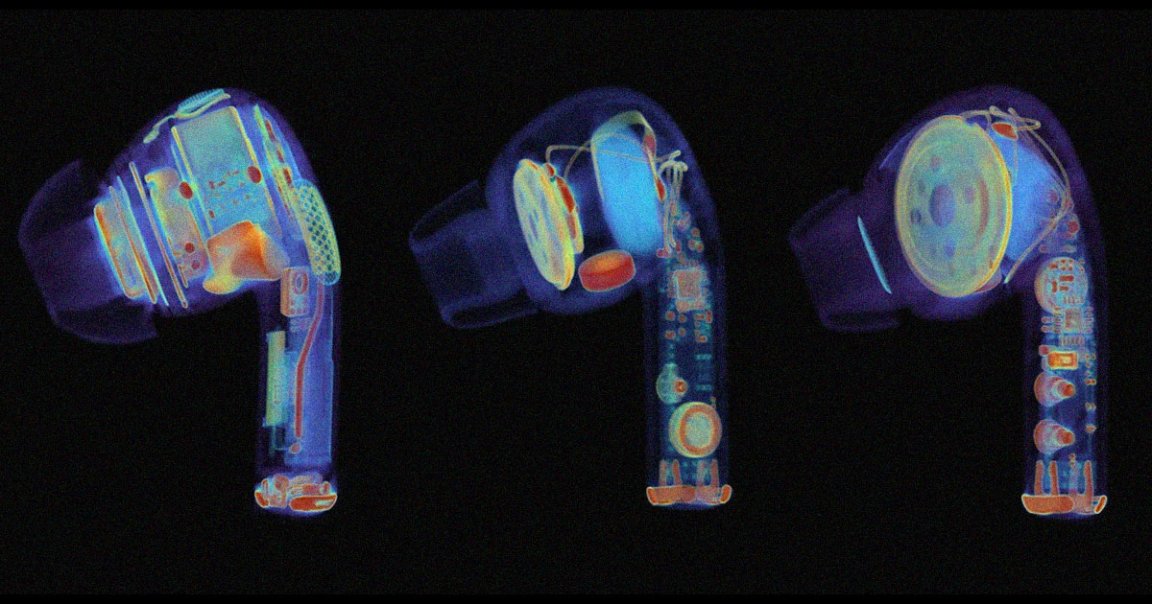
Faux Pods
Counterfeit products are all around us, from designer handbags and outdoor clothing to sneakers and even pharmaceuticals.
And while they often closely resemble the real products they’re replicating, bootleggers usually end up making concessions out of view to keep costs low — and profit margins high.
That’s especially true for counterfeits of Apple products, which were originally painstakingly designed to fit consumers’ needs but also sold at premium prices.
Case in point is a pair of counterfeit Apple AirPods that were recently scanned by Lumafield, a company offering engineering teams X-ray scans of products to accelerate their development.
Highly detailed industrial computed tomography (CT) scans of the two fakes and a real AirPod Pro recently shared by Lumafield head of marketing Jon Bruner, show the stunning difference — a great demonstration of the old adage that you get what you pay for.
Caught on Camera
While “everything is packed into the curved enclosure efficiently with tightly integrated flexible [printed circuit boards]” in the official Apple version, as Bruner pointed out, there’s a “lot less going on” in the fakes. Easily identifiable wires with sloppy soldering connect the fakes’ various components. The fakes also only have one microphone each, compared to the three present in the real AirPod Pro, which can adjust their EQ on the fly thanks to special drivers.
Worst of all, as Bruner demonstrates , the fake AirPods have so little going on that the counterfeiters even included weights in their charging cases to “make up for the difference” and make them feel as heavy as a real pair.
Despite these shortcomings, there’s still a huge counterfeit Apple market in the US. Earlier this year, officials at the Washington Dulles airport seized 1,000 pairs of counterfeit AirPods being sent from China.
In 2022 alone, Homeland Security agents seized nearly 21,000 shipments worth almost $25 million in counterfeit goods. If they had been genuine, they’d be worth just shy of $3 billion, according to the US Customs and Border Protection agency.
And while the target demographic for these fakes may not care about directional microphones and adaptive EQ, they’re certainly getting a lot less than what they’d get with an official pair from Apple.
More on counterfeits: New Quantum Technology Lets You Use Your Phone to Identify Counterfeit Goods